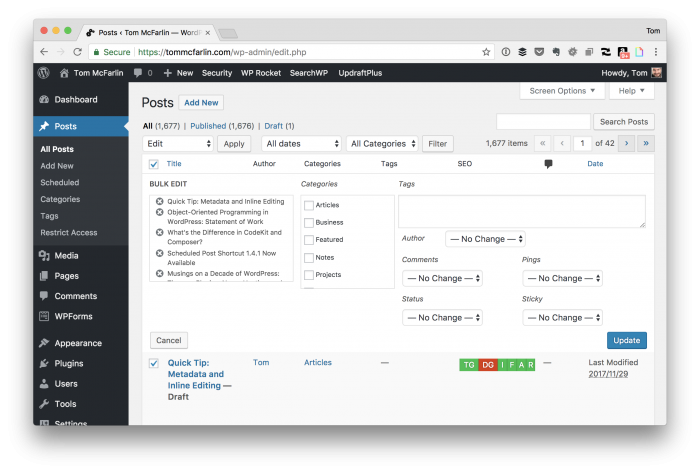In the previous post in this series, we talked about defining requirements (or a statement of work) and why it matters to have this.
Before we get into actually understanding – and writing – object-oriented code, there’s one more “business-related” topic to discuss: Terms and Conditions.
For many, it’s a bit of a dry topic, but if you’re looking to build solutions for someone else, do so from the ground-up, and do so properly, then it’s important to make sure you have all of the necessary pieces in place before doing so.
And once you’ve:
- performed analysis (part one and part two),
- understand your customer’s expectations,
- and have prepared a statement of work,
It’s time to make sure you have the terms under which you’re working.



